Facts about Neil Armstrong
On July 20, 1969, as the commander of the Apollo 11 mission, American astronaut and aeronautical engineer Neil Armstrong became the first person to set foot on the moon.
Born in Wapakoneta, Ohio in 1930, Armstrong developed a fascination with flying at an early age and went on to earn a degree in aeronautical engineering from Purdue University. Before enrolling in the NASA astronaut program in 1962, he started his career as a test pilot.
Armstrong continued to work for NASA despite his historic moon landing and later accepted a position as a professor of aerospace engineering at the University of Cincinnati.

Tragically, he passed away in 2012 at the age of 82. Armstrong is remembered as a pioneer in space exploration and a hero to many around the world.
Who is Neil Armstrong?
American astronaut and aeronautical engineer Neil Armstrong rose to renown around the world as the first person to set foot on the moon.
Born in Ohio in 1930, Armstrong developed a keen interest in flying at a young age and pursued a degree in aeronautical engineering from Purdue University. He was a Navy pilot who then transitioned into the test pilot profession before enrolling in NASA’s astronaut program in 1962.
As the first person to set foot on the moon during the Apollo 11 mission, Armstrong made history by uttering the famous phrase “That’s one small step for man, one giant leap for mankind.” He maintained a job as a professor of aerospace engineering at the University of Cincinnati in addition to his services at NASA.
Armstrong passed away in 2012, but his legacy as a pioneering astronaut and symbol of human achievement continue to inspire people around the world.
Fun facts about Neil Armstrong
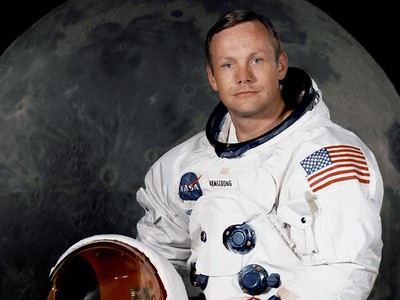
1. A Young Aviation Enthusiast:
Neil Armstrong developed a fascination for flying at a young age. He took his first flight at the age of six, and by the time he was 14 years old—even before he had a driver’s license—he had earned his pilot’s license.
2. A Distinguished Military Career:
Armstrong served in the United States Navy during the Korean War. In recognition of his service, he received three Air Medals and flew 78 combat missions.
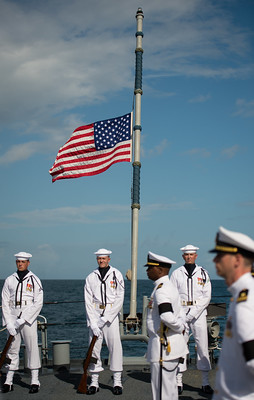
3. Test Pilot Extraordinaire:
Before becoming an astronaut, Armstrong worked as a test pilot for NASA’s predecessor agency, the National Advisory Committee for Aeronautics (NACA), and flew over 900 different aircraft models.
4. Scouting Spirit:
Armstrong was a Boy Scouts of America member who achieved the highest rank possible, Eagle Scout.
5. The First Bachelor on the Moon:
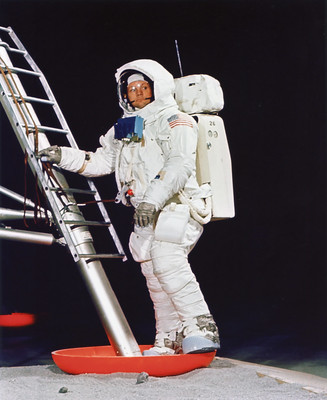
Armstrong was the first astronaut to get married after walking on the moon.
He married his second wife, Carol Held Knight, in 1999, over 30 years after his historic moon landing.
6. The First Person to Shake the President’s Hand in Space:
During his Gemini 8 mission in 1966, Armstrong became the first person to shake hands with a U.S. president while in space. President Lyndon B. Johnson called Armstrong and co-pilot David Scott to congratulate them on their successful mission.
7. A Man of Many Talents:
In addition to his skills as a pilot and astronaut, Armstrong was also an accomplished musician.
He played the baritone horn in his high school band and later learned to play the piano.
8. The Inspiration for a Comic Book:
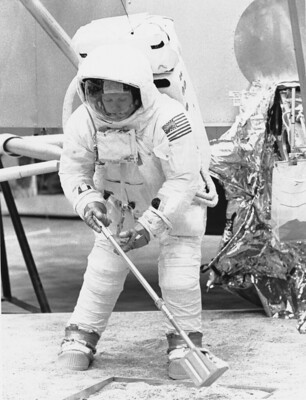
Armstrong’s historic moon landing inspired a comic book called “Neil Armstrong: The First Man on the Moon,” which was published in 1969.
9. The Smithsonian’s “Lunar Sample Return Bag”:
Armstrong used a “Lunar Sample Return Bag” during the Apollo 11 mission to collect and store moon rocks.
The bag was later mistakenly labeled as a “junk” bag and nearly thrown away before being rediscovered and sold at an auction in 2017.
10. A Fan of the Wright Brothers:
Armstrong was a lifelong admirer of the Wright Brothers and carried a piece of their airplane with him to the moon.
11. A Private Man:
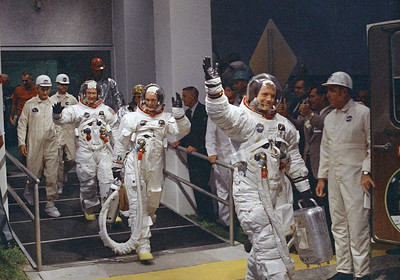
Despite his fame, Armstrong was a private person and shunned the public spotlight. He rarely gave interviews and preferred to stay out of the public eye.
12. A Man of Few Words:
Armstrong was famously quiet and reserved. He is remembered for his concise communication style, which was crucial during the high-pressure moments of his historic moon landing.
13. A Modest Hero:
Armstrong was known for his humility and often deflected praise for his achievements.
He once said, “I am, and ever will be, a white-socks, pocket-protector, nerdy engineer, born under the second law of thermodynamics, steeped in the steam tables, in love with free-body diagrams, transformed by Laplace, and propelled by compressible flow.”
14. A Champion for Education:
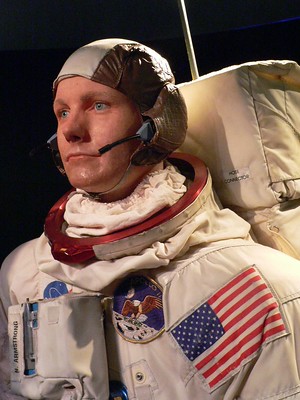
Armstrong joined the University of Cincinnati as an aerospace engineering professor after leaving NASA.
He also served on the board of trustees for the Children’s Hospital of Cincinnati and worked to promote science education for young people.
15. The Recipient of Many Honors:
Over his life, Armstrong was given a great deal of recognition, including the Langley Gold Medal from the Smithsonian Institution, the Congressional Space Medal of Honor, and the Presidential Medal of Freedom.
At the Kennedy Space Center, NASA renamed the iconic Operations and Checkout Building in 2019 in Armstrong’s honor.
Conclusion
Neil Armstrong’s legacy as a pioneering astronaut, skilled pilot, and humble hero continues to inspire people around the world.
His historic moon landing in 1969 was a defining moment in human history, and his legacy as the first person to set foot on the moon will always be remembered.
Beyond his achievements in space, Armstrong’s dedication to education and service to his community also made a lasting impact. He was a man of many talents and interests but always remained true to his roots as an Ohio-born aviation enthusiast.
Future generations will always look at Neil Armstrong as an example of human achievement and as an inspiration.
